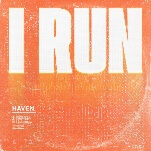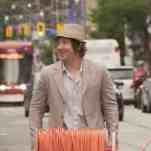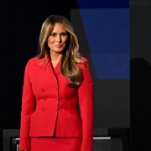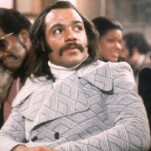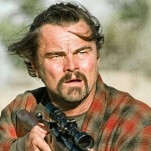Better Call Saul hits new heights by finding the chemistry in grief
The show’s best opening stretch to date generates drama from the collisions of people at varying stages of the Kübler-Ross model.
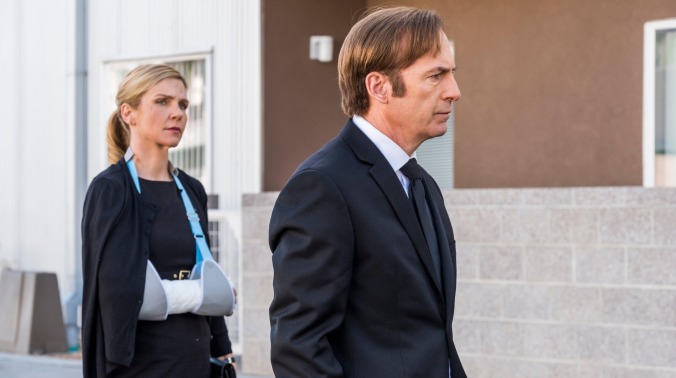
Charles “Chuck” L. McGill, Jr., Esq. is dead. There’s no use in eulogizing him here, not when Better Call Saul devotes most of its fourth-season premiere to that act, while also rattling off a touching newspaper obituary. But some acknowledgment is in order: This is a loss for the characters, and it’s a loss for the show. Michael McKean lit into Chuck’s churlishness and condescension for three seasons, providing the Breaking Bad prequel with an antagonist every bit as intimidating as the emerging heavyweights of the Albuquerque underground. He was the constant threat of exposure for his ne’er-do-well brother, Jimmy (Bob Odenkirk), humanized by a possibly psychosomatic condition that neither McKean nor the show overplayed. It’s the curse of the McGills to be consumed by their weaknesses, a dramatic fuel Better Call Saul harnesses to tremendously combustive effect now that McKean is watching from the sidelines.
The show’s best opening stretch to date finds its chemistry in grief, generating drama from the collisions of people at varying stages of the Kübler-Ross model. Jimmy’s in denial, poring over the classifieds, interviewing for jobs that are way below his qualifications, and falling back into old habits. Kim (Rhea Seehorn) is split between anger and the lingering stress of her own recent trauma, manifested in the post-car-crash scar-tissue prosthetics and arm cast Seehorn carries over from season three. Chuck’s partner in the firm of Hamlin, Hamlin & McGill is bargaining, a heretofore unseen capacity for guilt and shame driving Howard Hamlin (Patrick Fabian) to drop poorly timed information on Jimmy and offer some severely deficient compensation for Chuck’s death—which in turn prompts some righteous fury-acting from Seehorn.
The emotional volatility is compounded and contrasted by the show’s game of drug-trade musical chairs: Nacho (Michael Mando) rushes to fill the power vacuum left by the incapacitated Hector (Mark Margolis); Gus (Giancarlo Esposito), predictably, plays a cooler hand. There’s still poignant material here—some internal wrestling glimpsed in a moodily shot encore to “Lantern”’s pit stop at the Varga family upholstery shop—but these characters are mostly being tasked with supplying the fourth season’s storytelling momentum. Nacho’s ambitions gave Mando’s scenes a big shot in the arm last year, an effect that should intensify now that he’s being paired with Esposito in a display of Fringian machinations and manipulation that also has Mike getting the lay of the land at Madrigal Electromotive. The show has proven it can introduce Los Pollos Hermanos into its diet without overindulging, a positive sign now that Nacho and Gus’ converging paths make Better Call Saul feel more plot-dense than ever before, speeding Gus’ rise and suggesting that maybe Nacho didn’t have it so bad under Hector’s thumb.
None of it detracts from Better Call Saul’s heart-palpitating sense of tension. It’s there from the jump, in the black-and-white broadcast from Jimmy’s future that has more typically served as allegorical aperitif and/or droll respite from the suspense of what follows. The events of episode two have Jimmy engineering a small-time heist in episode three, one that calls back to “Alpine Shepherd Boy” while nodding toward one of Breaking Bad’s final arcs. It’s nerve-jangling, rib-tickling stuff, and its limited sources of illumination—a flashlight here, a desk lamp there, parking-lot-fluorescents-through-vertical-blinds throughout—keeps the action legible in ways that many contemporary dramas could take a note from.


























